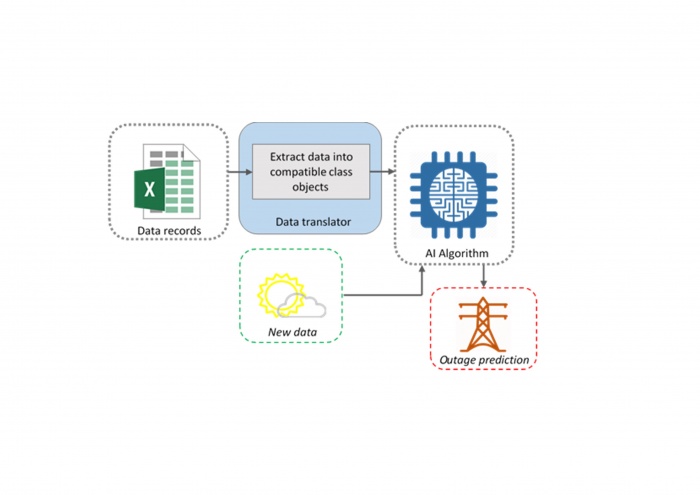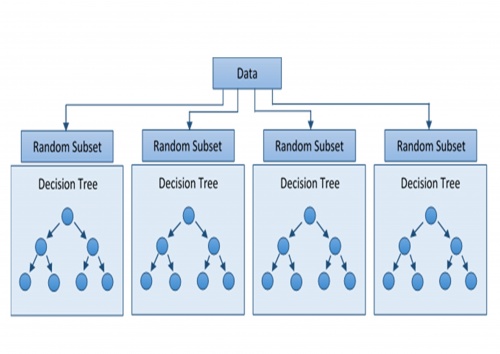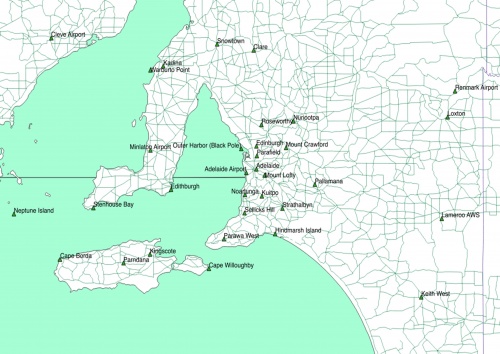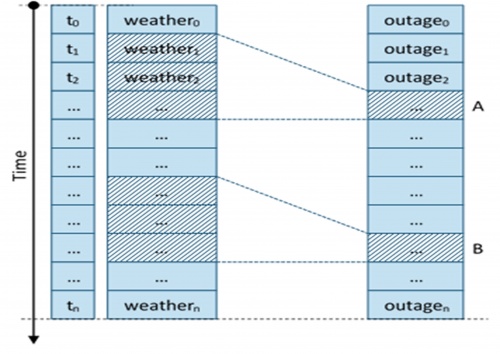Projects:2016s1-101 Predicting Power Outages from Weather Patterns
Contents
Project Members
Augustus Okoye, Siti Nabilah Mohd Razib
Supervisor : Dr. Brian Ng
Co-supervisor: Dr. Hong Gunn Chew
SAPN Team : Frank Crisci, Ali Walsh, Ashley Niebling and Surya Gamini
Project Motivation
Power outage of electric lines have been a major discomfort both for civilians and SA Power Networks. There are different machine learning algorithms under the principle of artificial intelligence successfully applied in statistical problems such as image/speech recognition. With many at our disposal, is it possible to predict power outage of electric lines?
Project Aim
Using machine learning technology to make sense of the weather and its impacts on the electricity grid. Therefore, the outcomes of this project is a machine that is able to predict outage occurrence based on weather forecast.
Project Overview
As seen from above diagram that data record will be the input for Artificial Intelligence (AI). AI will analyse the data and obtain the pattern of data. This pattern will then be used to predict the output.
Note that data includes weather parameters (temperature, humidity, wind speed, wind direction) and outage records. AI will then learn how weather properties will affect outage. Properties of outage and non-outage cases are being used to predict future outage given weather forecast in the outage prediction. The focus of this project will be the AI algorithm which the performance of it will be tested.
The Artificial Intelligence
Among many tree-based supervised machine learning models, random forest method is a collection of several decision trees to yield improved prediction accuracy as well as minimised variance. The variables used in individual trees in the ensemble is randomly selected subset from all candidate predictors. Overall, the random forest takes a majority vote of all trees to determine the final prediction.

Integration
Real life records of outage events and historical weather data were provided by SAPN.
For all outage observations, there is an equal number of generated no-outage observations.
Each observation point of outage/no outage event is assigned a predictive set consisting of a finite hourly window weather data according to their time of occurrence.
The binary observation points together with their weather data is the utility data.
Finding
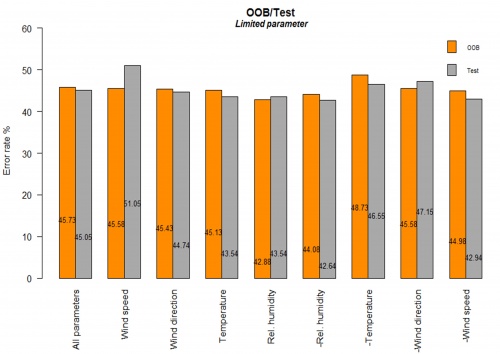
Due to some low-level design constraints, there were very limited utility data for training and testing the algorithm (<100 observations in some cases). However, the algorithm showed over 60% accuracy in most experiments. Ideally, >10000 observations is adequate for such application.
It is found that:
- The number of outage and no-outage data points must be at fixed ratio.
- 24-hour window of weather data for every observation
- The algorithm should be trained on one AWS.
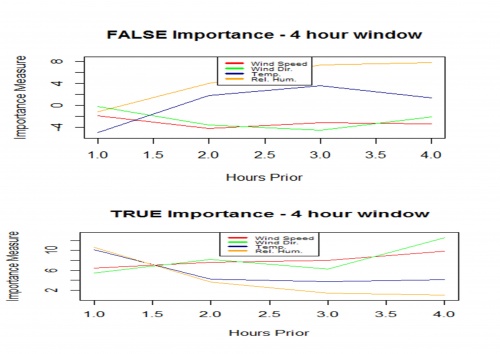
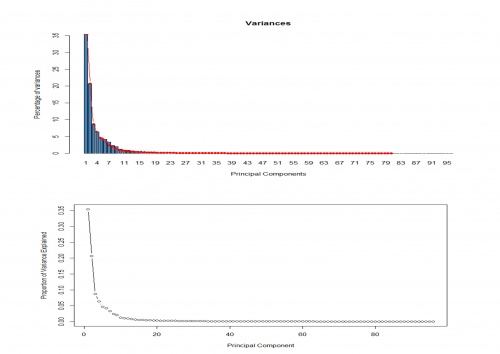
Conclusions
A 24-hour sample of weather data was found to contain sufficient predicting features but also comprising of seemingly inseparable large redundant elements. Overall experiments show high probability of success, however this study has not revealed an applicable method for extracting purely predictive components in a given data.
References
- L. Breiman, “Random Forest,” in Machine Learning, Dordrecht, Kluwer Academic Publishers, 2001, pp. 5-32.
- Gareth James, Daniela Witten, Trevor Hastie, Robert Tibshirani, “Tree-based Methods,” in An Introduction to Statistical Learning, New York, Springer, 2015, pp. 303-331.
- I. Jolliffe, Principal Component Analysis, New York: Springer-Verlag New York, 2002.
- Gilles Louppe, Louis Wehenkel, Antonio Sutera, Pierre Geurts, “Understanding variable importances in forests of randomized trees,” in WUSTL Machine Learning, Belgium, 2013.
